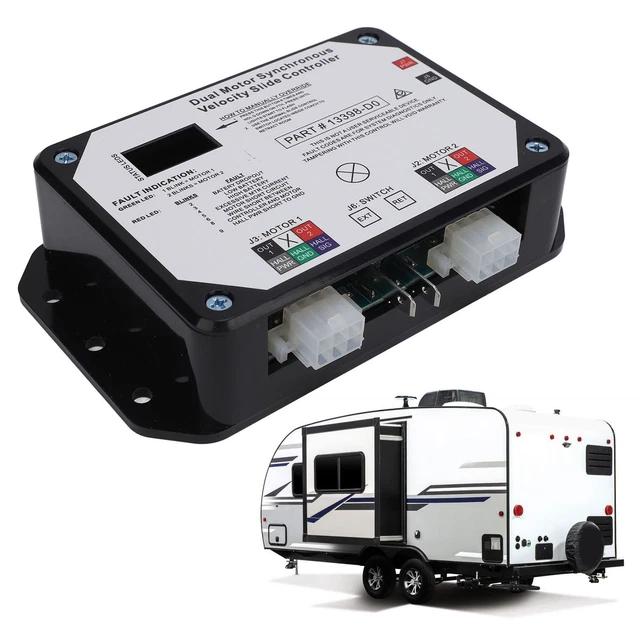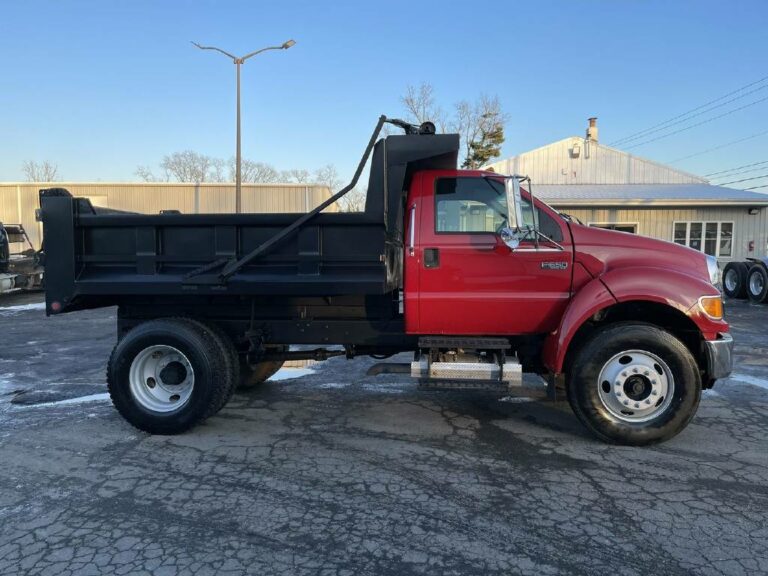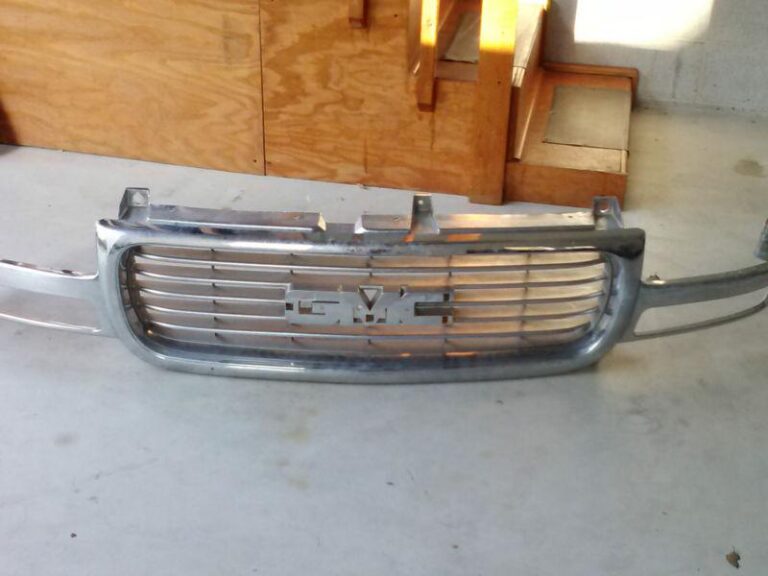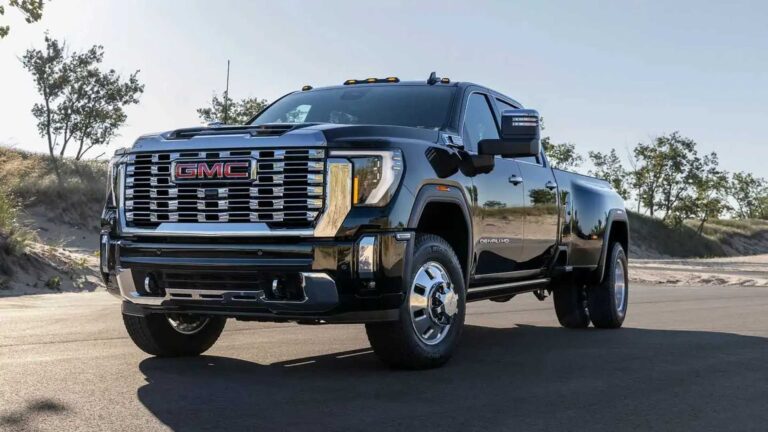Dual Trucks For Sale: Your Comprehensive Guide to Heavy-Duty Hauling
Dual Trucks For Sale: Your Comprehensive Guide to Heavy-Duty Hauling cars.truckstrend.com
In the world of heavy-duty tasks, where conventional trucks simply don’t cut it, a specialized breed emerges: the dual truck. Often referred to as "duallies" or "Dual Rear Wheel (DRW) trucks," these formidable machines are designed for maximum stability, immense towing capacity, and unparalleled payload hauling. If you’ve ever seen a truck with four tires on its rear axle, you’ve witnessed a dual truck in action. For businesses needing to transport heavy equipment, RV enthusiasts towing their luxurious homes-on-wheels, or individuals demanding the utmost in truck performance, finding the right dual truck for sale is not just a purchase—it’s an investment in capability and peace of mind.
This comprehensive guide will delve into everything you need to know about dual trucks, from their fundamental design to practical advice for finding the perfect one to meet your demanding needs.
Dual Trucks For Sale: Your Comprehensive Guide to Heavy-Duty Hauling
What Exactly Are Dual Trucks? The Power of Six Wheels
At its core, a dual truck is a pickup truck equipped with two wheels on each side of its rear axle, totaling four wheels at the back and six wheels overall (two front, four rear). This configuration contrasts sharply with the more common Single Rear Wheel (SRW) trucks, which have only one tire per side at the rear.
The primary reason for this dual-wheel setup is to significantly increase the truck’s Gross Axle Weight Rating (GAWR) and, consequently, its payload and towing capacities. By distributing the load over a larger tire footprint, dually trucks can handle heavier weights without exceeding tire or axle limitations. This also enhances stability, especially when towing large, heavy trailers, by reducing sway and improving braking performance. Common examples of dual trucks include the Ford F-350/F-450 Super Duty Dually, Ram 3500 Heavy Duty Dually, and Chevrolet Silverado 3500HD/GMC Sierra 3500HD Dually.
The Unmatched Advantages of Dual Trucks
The benefits of owning a dual truck extend far beyond simply moving more weight. They offer a suite of advantages that make them indispensable for specific applications:
- Superior Towing Capacity: This is perhaps the most significant advantage. Dual trucks are engineered to pull massive trailers, often exceeding 30,000 pounds, making them ideal for large fifth-wheel RVs, gooseneck trailers, and commercial equipment haulers.
- Increased Payload Capacity: With the extra tires to bear the load, dually trucks can carry significantly more weight in their beds, crucial for transporting heavy materials, tools, or specialized equipment.
- Enhanced Stability and Control: The wider stance provided by the dual rear wheels dramatically improves stability, especially in crosswinds or when navigating challenging road conditions with a heavy load. This translates to better handling and a safer towing experience.
- Improved Braking Performance: More tire contact with the road means better traction and more effective braking, which is critical when bringing a heavy load to a stop.
- Tire Redundancy and Safety: In the event of a flat tire on one of the rear wheels, the remaining three tires can often safely get you to a service location, reducing the risk of being stranded.
- Longevity of Components: While they work harder, the distributed load often means less strain on individual tires and suspension components, potentially leading to longer lifespans for these parts compared to an SRW truck constantly pushed to its limits.
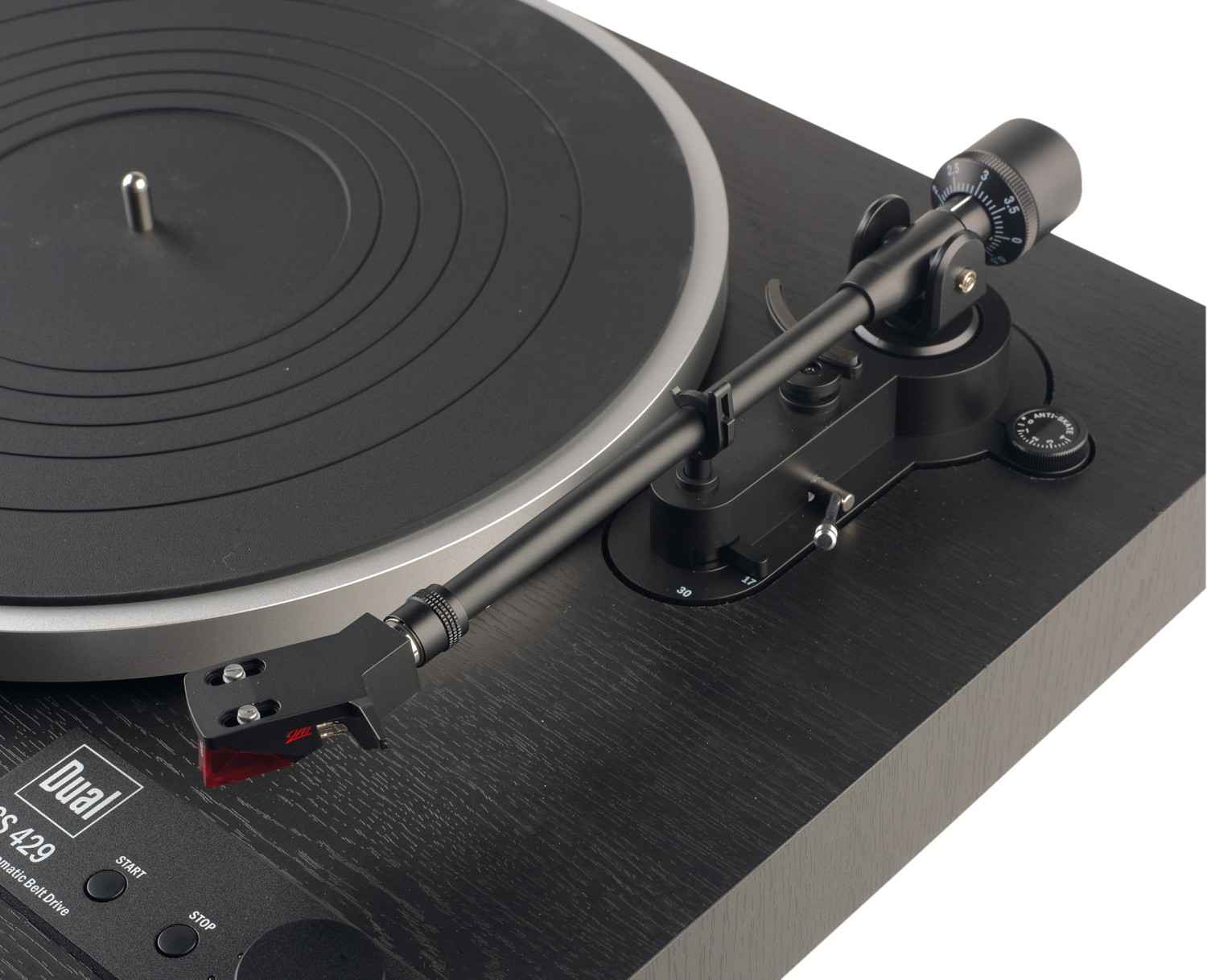

Who Needs a Dual Truck? Common Applications
Dual trucks aren’t for everyone, but for those with specific, heavy-duty requirements, they are essential. Here’s a look at common applications:
- RV Enthusiasts: Many large fifth-wheel trailers and toy haulers exceed the towing capabilities of even single-rear-wheel heavy-duty trucks. A dually provides the necessary capacity and stability for comfortable, safe long-distance travel.
- Commercial Businesses: Construction companies, landscaping businesses, hotshot truckers, and delivery services often rely on dual trucks to transport heavy equipment, materials, or multiple vehicles on large trailers.
- Farmers and Ranchers: Moving large loads of hay, feed, livestock trailers, or heavy machinery around the farm or to market often necessitates the robust capabilities of a dually.
- Specialized Trades: Mobile welders, heavy equipment mechanics, and other trades requiring a vast array of heavy tools and specialized equipment find the payload and towing capacity of a dually invaluable.
- Anyone Towing Heavy Gooseneck or Fifth-Wheel Trailers: If your trailer’s Gross Vehicle Weight Rating (GVWR) pushes the limits of an SRW truck, a dually provides the necessary buffer and safety margin.

Key Considerations When Buying a Dual Truck
Purchasing a dual truck is a significant investment, and several factors should influence your decision:
- Engine Type: Diesel engines (e.g., Ford Power Stroke, Ram Cummins, GM Duramax) are overwhelmingly preferred for duallies due to their high torque output, essential for heavy towing, and superior fuel efficiency under load. Gasoline engines are available but less common for the heaviest applications.
- Transmission: Modern heavy-duty automatic transmissions are designed to handle immense power and torque. Look for robust multi-speed transmissions that offer smooth shifting and effective power delivery.
- Axle Ratio: The axle ratio (e.g., 3.73, 4.10) affects a truck’s balance between towing power and highway fuel economy. Lower ratios (higher numbers like 4.10) provide more torque for towing but higher RPMs at highway speeds.
- Bed Length and Cab Configuration: Most duallies come with long beds (8 feet) to accommodate gooseneck hitches and larger cargo. Cab options range from regular cab to crew cab, impacting passenger capacity and overall length.
- Maintenance and Running Costs: Duallies have more tires (6 vs. 4), which means more expensive tire replacement. Diesel engines require specific maintenance and fuel, which can be more costly than gasoline. Consider these ongoing expenses.
- Condition of Used Trucks: If buying used, thoroughly inspect the frame for cracks, rust, or bends, especially around the hitch points. Check for signs of excessive wear on the suspension, brakes, and drivetrain, indicating a hard working life. Obtain service records if possible.
Navigating the Market: Where to Find Dual Trucks For Sale
Finding the right dual truck involves exploring various avenues:
- New Car Dealerships: Authorized dealerships for Ford, Ram, Chevrolet, and GMC will have the latest models with full warranties and financing options.
- Used Car Dealerships: Many used truck specialists or general used car lots will stock pre-owned duallies. Ensure they have a good reputation and offer vehicle history reports.
- Online Marketplaces: Websites like AutoTrader, CarGurus, Cars.com, and manufacturer-specific used truck sites offer a vast selection from both dealerships and private sellers. Craigslist and Facebook Marketplace can also yield results but require more caution.
- Auctions: Government surplus auctions, fleet auctions, or public auto auctions can sometimes offer good deals, but they often require quick decision-making and come with "as-is" terms.
- Private Sellers: Buying from a private seller can sometimes offer better prices, but it also requires more due diligence in terms of inspection and paperwork.
Tips for a Successful Purchase
- Define Your Needs: Be clear about your maximum towing capacity, payload requirements, and intended use before you start looking. Don’t overbuy or underbuy.
- Thorough Inspection: For used trucks, a pre-purchase inspection by an independent, trusted mechanic specializing in heavy-duty diesel trucks is highly recommended. Check for rust, fluid leaks, tire wear, and listen for unusual engine noises.
- Test Drive Under Load (If Possible): If you can, test drive the truck with a heavy trailer attached, or at least simulate a heavy load. This will reveal how the engine, transmission, and brakes perform under stress.
- Check Vehicle History: Always get a VIN check through services like CarFax or AutoCheck to look for accident history, flood damage, salvage titles, or odometer rollbacks.
- Budget Beyond the Purchase Price: Account for taxes, registration, insurance, potential repairs, and ongoing maintenance.
- Understand Licensing: For personal use, a standard Class C driver’s license is typically sufficient for most duallies, but if the truck and trailer’s Gross Combined Weight Rating (GCWR) exceeds certain thresholds (e.g., 26,001 lbs in many states) or if used commercially, a Commercial Driver’s License (CDL) might be required. Always check your local Department of Motor Vehicles regulations.
Potential Challenges and Solutions
While powerful, dual trucks do present a few unique challenges:
- Maneuverability and Parking: Their extended length and width can make navigating tight spaces, city streets, and standard parking lots challenging.
- Solution: Practice parking, use mirrors and backup cameras effectively, and plan routes to avoid congested areas.
- Fuel Economy: While better under load than SRW trucks pushing their limits, duallies generally have lower overall MPG, especially when unloaded, due to their weight and larger engines.
- Solution: Understand this trade-off. For the work they do, the fuel consumption is often justified.
- Tire Replacement Costs: Six tires instead of four means higher replacement costs.
- Solution: Invest in quality, long-lasting tires and maintain proper inflation and rotation schedules to maximize their lifespan.
- Specialized Maintenance: Diesel engines and heavy-duty components may require specialized tools and expertise for maintenance and repairs.
- Solution: Find a reputable mechanic experienced with heavy-duty diesel trucks.
Sample Estimated Price Table for Dual Trucks For Sale
Please note that these are estimated ranges and actual prices can vary significantly based on location, mileage, condition, specific trim level, included features, and market demand. New prices reflect base to mid-range configurations, while used prices are for models typically 2-5 years old.
| Make/Model | Typical New Price Range (USD) | Typical Used Price Range (USD) (2-5 yrs old) | Key Features/Benefits |
|---|---|---|---|
| Ford F-350 Super Duty Dually | $55,000 – $85,000+ | $35,000 – $65,000 | Best-selling heavy-duty, powerful Power Stroke diesel, high tech. |
| Ford F-450 Super Duty Dually | $65,000 – $100,000+ | $45,000 – $75,000 | Highest towing capacity in class, commercial-grade components. |
| Ram 3500 Heavy Duty Dually | $50,000 – $80,000+ | $30,000 – $60,000 | Legendary Cummins diesel, refined interior, high torque. |
| Chevy Silverado 3500HD Dually | $50,000 – $80,000+ | $30,000 – $60,000 | Robust Duramax diesel, capable chassis, comfortable ride. |
| GMC Sierra 3500HD Dually | $55,000 – $85,000+ | $35,000 – $65,000 | Premium sibling to Silverado, refined styling, strong Duramax. |
Frequently Asked Questions (FAQ)
Q1: What’s the main difference between a dually and a regular truck?
A1: A dually (dual rear wheel) truck has four tires on its rear axle (two on each side), while a regular truck (single rear wheel) has only two. This gives duallies significantly higher towing and payload capacities, as well as improved stability.
Q2: Do dually trucks get worse fuel economy than single rear wheel trucks?
A2: Generally, yes, especially when unloaded. Their heavier weight and larger engines (often diesels) contribute to lower MPG. However, when towing heavy loads, a dually often performs more efficiently and safely than an SRW truck that is being pushed beyond its limits.
Q3: Are dually trucks harder to drive or park?
A3: Yes, due to their increased width and length, duallies require more attention when maneuvering in tight spaces, parking lots, or on narrow roads. They have a larger turning radius and require more space.
Q4: What is the typical lifespan of a dually truck?
A4: With proper maintenance, especially for the robust diesel engines they typically house, dually trucks can easily last 300,000 to 500,000 miles or more. Many commercial operators run them far beyond that.
Q5: What kind of driver’s license do I need to drive a dually?
A5: For personal use, a standard Class C (or equivalent) driver’s license is usually sufficient for driving the dually itself. However, if the combined weight of the truck and trailer (Gross Combined Weight Rating – GCWR) exceeds 26,001 pounds, or if you are using the truck for commercial purposes, a Commercial Driver’s License (CDL) may be required. Always check your specific state’s DMV regulations.
Q6: Are dually tires more expensive to replace?
A6: Yes, you have six tires instead of four, so the cost of a full set of tires will be higher. Also, the tires for heavy-duty trucks tend to be more robust and thus more expensive per tire.
Conclusion
Dual trucks, or duallies, are the undisputed champions of heavy-duty hauling. Their unique six-wheel configuration provides unmatched towing capacity, payload capability, and stability, making them indispensable for commercial operations, serious RVers, and anyone with a demanding workload. While they come with considerations regarding size, fuel economy, and maintenance, the benefits they offer in terms of power, safety, and reliability are unparalleled. When searching for "Dual Trucks For Sale," a clear understanding of your needs, diligent research, and a thorough inspection process will ensure you find a formidable workhorse that serves you faithfully for years to come. Investing in a dual truck isn’t just buying a vehicle; it’s acquiring the ultimate tool to tackle the biggest jobs with confidence.
